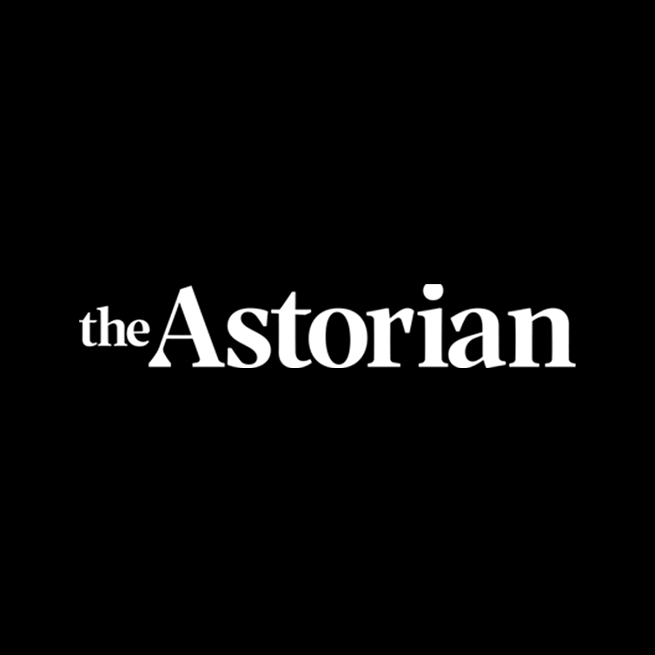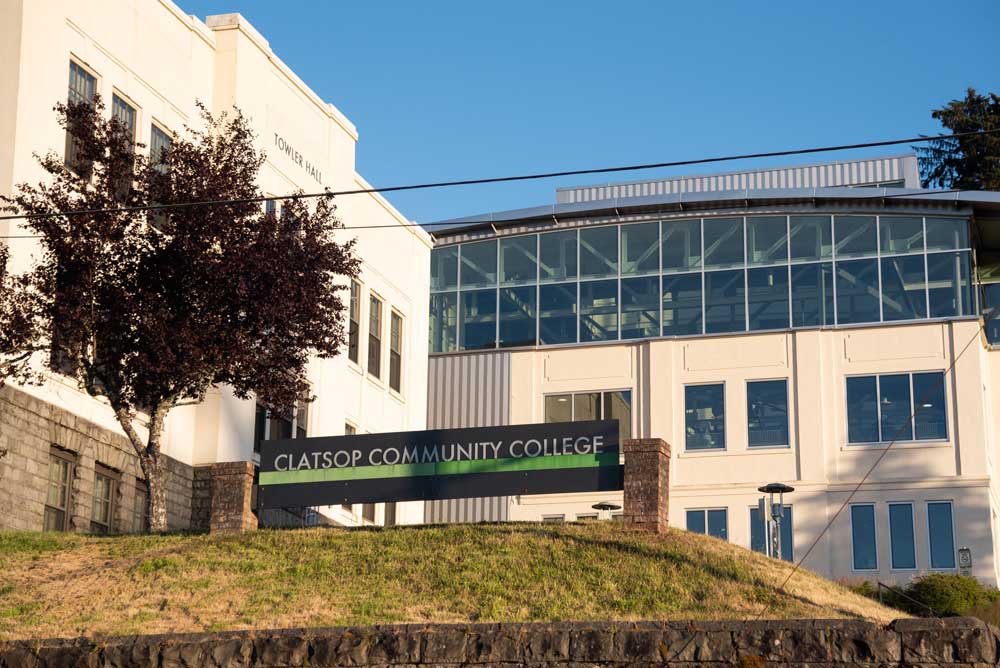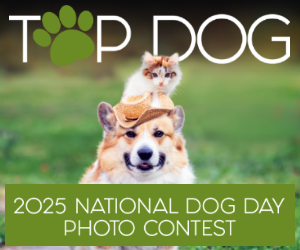Wildlife center responds to influx of bald eagle patients
Published 10:14 pm Saturday, March 29, 2025
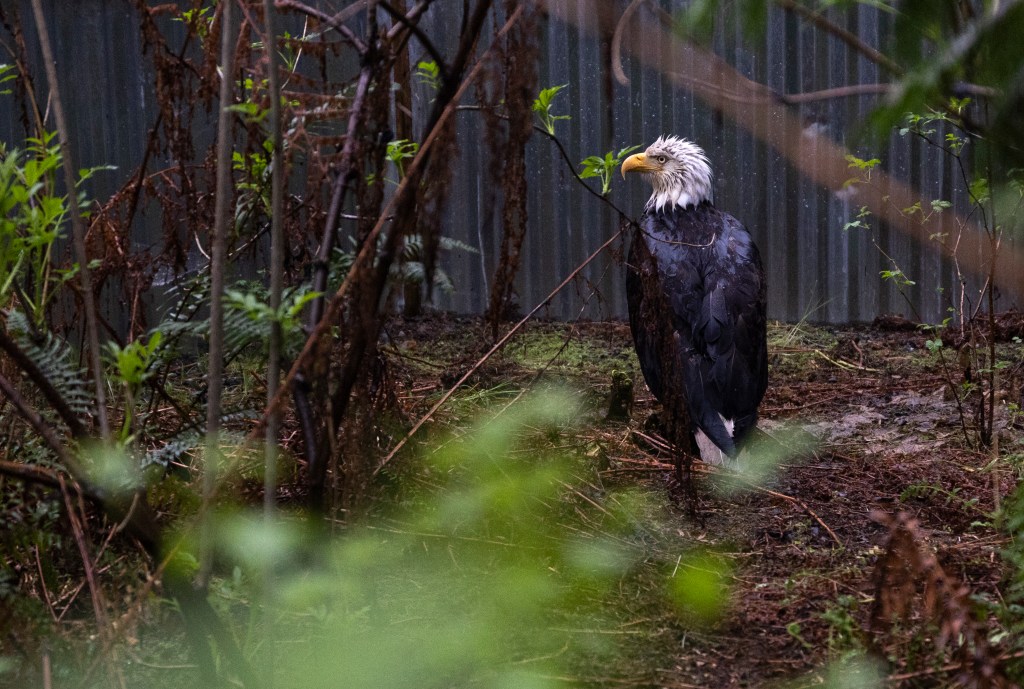
- A bald eagle that is recovering from lead exposure rests in an enclosure at the Wildlife Center of the North Coast on Friday, March 28. (Lukas Prinos/The Astorian)
The Wildlife Center of the North Coast is responding to a recent surge in bald eagle admissions. The Olney-based nonprofit typically takes in anywhere from four to six injured eagles over the course of a spring nesting season — but this past month, it received three in the span of roughly a week.
“Sometimes we’ll get like two at once,” said rehabilitation coordinator Ginger Nealon, “but three is a new record for me to have them in care all at once.”
While bald eagles are hunters, they’re also scavengers, which means they can end up ingesting fragments of lead ammunition from gut piles and game animals. Even in small amounts, that exposure can lead to neurological damage and death. Of the three birds taken into the wildlife center’s care, two tested positive for elevated lead levels.
Trending
One bird was found emaciated near Circle Creek RV Park in Seaside and didn’t survive. A second bird, found near Clatskanie, showed signs of injuries from a vehicle collision, including a possible spinal fracture, and had to be euthanized. A third bird, however, is still at the wildlife center — and Nealon is cautiously optimistic about its prognosis. They still remember seeing the eagle for the first time after responding to a call in Astoria a few weeks ago.
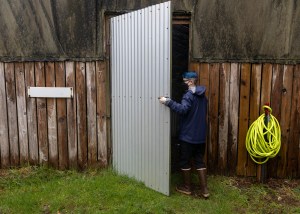
Ginger Nealon enters an enclosure currently housing a bald eagle on Friday, March 28. (Lukas Prinos/The Astorian)
Upon arrival, Nealon quickly found a group of bystanders huddled on the sidewalk along Grand Avenue, who pointed them across the street to a nearby driveway. Often, an injured eagle might be standing with a drooped wing, but this bird offered a more peculiar sight.
“It was sort of hard to see how it was kind of positioned at first, but then I realized it was just lying on its back with its feet up,” Nealon said.
After bringing the eagle back to the Wildlife Center of the North Coast, Nealon’s team tested its blood for lead and got back a reading of around 35 micrograms per deciliter. Anything above 10 is considered clinical. To care for the bird, they first gave it an initial round of fluid therapy. Then, after taking X-rays, they put it through a round of chelation therapy – a drug regimen meant to flush the lead out of the bird’s system. Now, the bird’s lead levels are around 4 micrograms per deciliter, and it’s been moved to an outdoor enclosure.
“We’ll hold on to it for two weeks and then retest its blood level, and then make a decision about release versus repeating chelation therapy after that,” Nealon said.
On a recent morning last week, Nealon walked from the back door of the wildlife center’s office toward the eagle’s enclosure, a sheet pan of fish in hand. The bird has been eating — a good indication of recovery, Nealon said — and it’s remained relatively perky. All signs seem to suggest that the nonprofit’s rehabilitation efforts are working. Those efforts don’t come without a cost, however.
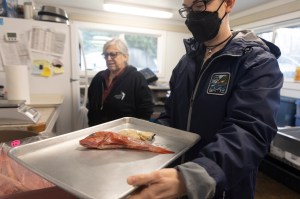
Ginger Nealon prepares a meal for a recovering eagle currently in the care of the Wildlife Center of the North Coast. (Lukas Prinos/The Astorian)
Trending
While lead testing and chelation therapy are essential, they also average around $2,000 per eagle — and with no state or federal funding, the nonprofit is dependent on grants and donations to keep its operations going. Nealon said people interested in supporting the Wildlife Center of the North Coast can make a monetary donation, or visit the nonprofit’s online wishlist for in-kind donation options.
People can also research alternatives to lead to help protect bald eagles in the area from future exposure.
“If you’re a hunter, switching from lead ammunition to copper can be really helpful. That way you’re not introducing more lead into the environment,” Nealon said. “Just disposing of your carcasses properly makes a big difference.”




